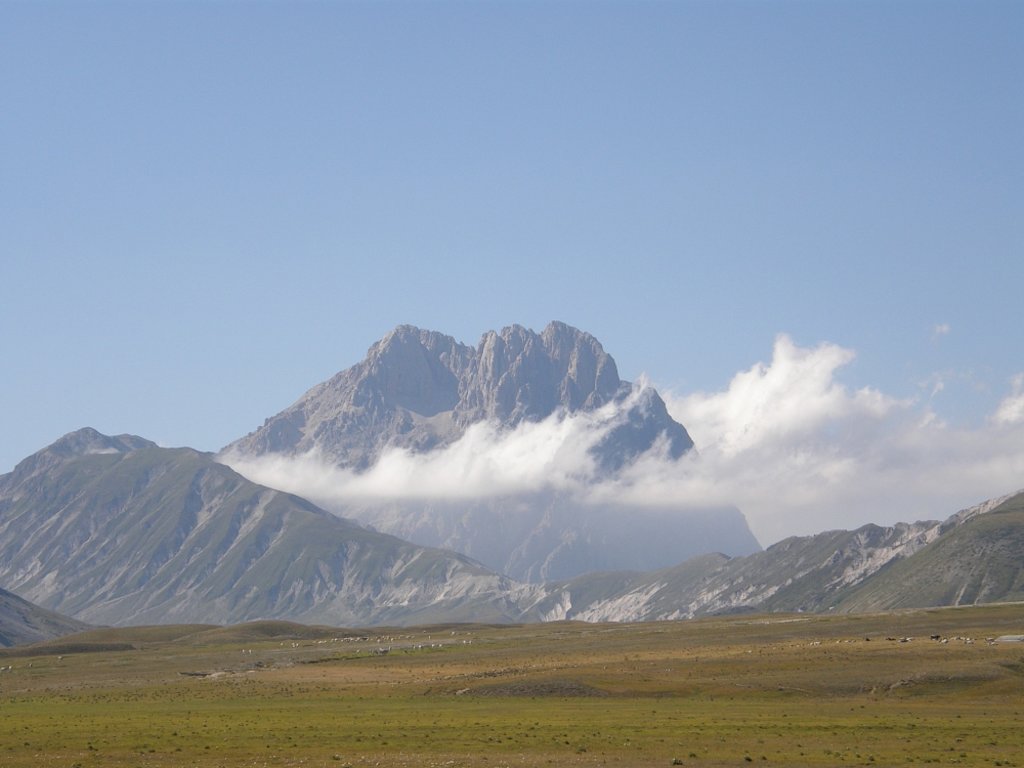Why are Apennine Mountains So Prominent?
Exploring the Geological and Cultural Significance of Italy's Iconic Mountain Range
Apennine Mountains

The Apennine Mountains, with their rugged peaks, sweeping valleys, and rich biodiversity, stand as a defining feature of Italy’s landscape and cultural heritage. But what makes the Apennines so prominent, both geologically and culturally? In this comprehensive exploration, we delve into the factors that contribute to the prominence of the Apennine Mountains, from their geological origins to their enduring cultural significance.
I. Geological Formation:
1. Tectonic Activity and Plate Movements
The Apennine Mountains owe their existence to the complex interplay of tectonic forces that have shaped the Earth’s crust over millions of years. This section explores the geological processes that gave rise to the Apennines, including the collision of tectonic plates and the subsequent folding, faulting, and uplift that created the mountain range we see today.
2. Erosion and Weathering: Sculpting the Landscape
Over millennia, the forces of erosion and weathering have played a crucial role in shaping the rugged contours of the Apennine. This section examines how processes such as glaciation, river erosion, and weathering have sculpted the landscape of the Apennines, creating the dramatic peaks, valleys, and ridges that define the mountain range.
II. Biodiversity and Natural Resources:
1. Ecological Diversity: A Haven for Wildlife
The Apennine Mountains are home to a rich variety of ecosystems, from alpine meadows and deciduous forests to Mediterranean scrubland and coastal wetlands. This section highlights the biodiversity of the Apennines, exploring the diverse flora and fauna that inhabit its slopes and valleys and the importance of conservation efforts to protect these unique habitats.
2. Natural Resources: Sustaining Communities
Throughout history, the Apennine Mountains have provided valuable natural resources that have sustained human communities and shaped their livelihoods. This section examines the role of resources such as timber, minerals, and freshwater in the economic and cultural development of Apennine regions, highlighting their importance for local communities and industries. The Apennine source of several significant rivers, including the Panaro, Secchia, Reno, Marecchia, Rubicon, Metauro, Arno, Tiber, Savio, Nera, Velino, Tronto, Aterno-Pescara, Aniene, Liri, Sangro, and Volturno.
III. Cultural Heritage and Historical Significance:
1. Ancient Settlements and Trade Routes
The Apennine have been inhabited by human communities for thousands of years, dating back to prehistoric times. This section explores the archaeological evidence of ancient settlements in the Apennine region and the role of trade routes such as the Via Flaminia and the Via Appia in connecting communities and fostering cultural exchange.
2. Art, Literature, and Folklore
The cultural heritage of the Apennine Mountains is reflected in the art, literature, and folklore of Italy, inspiring generations of artists, writers, and storytellers. This section examines how the rugged beauty of the Apennines has been depicted in works of art and literature, from Renaissance paintings to modern-day novels and folk tales that celebrate the mountain range’s significance in Italian culture.
IV. Tourism and Outdoor Recreation:
1. Scenic Beauty and Outdoor Adventure
The Apennine Mountains attract visitors from around the world with their stunning landscapes and opportunities for outdoor recreation. This section explores the appeal of the Apennines for tourists and adventure seekers, highlighting activities such as hiking, skiing, and wildlife watching that allow visitors to experience the beauty and grandeur of the mountain range.
2. Sustainable Tourism and Conservation
As tourism continues to grow in the Apennine, there is a growing awareness of the need to protect and preserve the natural environment and cultural heritage of the region. This section examines efforts to promote sustainable tourism practices and conservation initiatives that aim to safeguard the Apennines for future generations to enjoy.
Conclusion: Embracing the Legacy of the Apennine
In conclusion, the prominence of the Apennine Mountains can be attributed to a combination of geological, ecological, cultural, and historical factors that have shaped their identity as a symbol of Italy’s natural and cultural heritage. From their geological origins to their enduring cultural significance, the Apennines continue to captivate and inspire all who venture into their rugged embrace.
Know More about Apennine Mountains.
What Are The Tourist Places Nearest to Apennine Mountains?
When Were Apennine Mountains Formed?
Where Are Apennine Mountains Located?
Who Discovered Apennine Mountains?
How to Reach Apennine Mountains?




